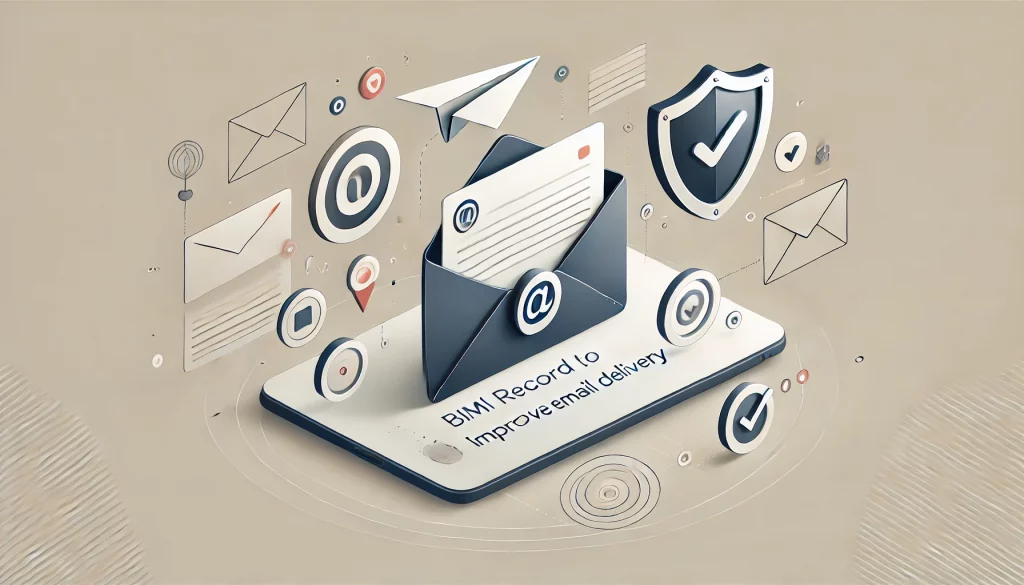
BIMI (Brand Indicators for Message Identification) is a new standard that allows companies to display their logo in email clients, such as Gmail and Yahoo, next to the messages they send. This not only increases trust in emails but also helps combat phishing and spam. When users see a familiar logo, the likelihood of them opening the email significantly increases. Implementing BIMI can have a substantial impact on your brand’s reputation and improve email deliverability to the primary inbox instead of spam.
Benefits of BIMI:
1. Increased brand trust. Emails with a verified logo are more positively perceived by users.
2. Reduction in phishing attacks. The logo confirms that the email genuinely comes from the company and not from a malicious actor.
3. Improved deliverability. Email providers prioritize messages from well-known brands with proper DNS records.
RX-NAME already uses BIMI. When they send emails to their clients, the recipient’s inbox displays their logo. This enhances brand recognition, builds trust, and helps avoid important messages being flagged as spam.
How to Create a Valid BIMI Record: Step-by-Step
1. Prepare your logo in SVG format.
The logo must be in SVG format, adhering to specific requirements. It should be compact, free of animations and scripts, and meet BIMI criteria. For instance, RX-NAME’s logo has been adapted for display in emails.
2. Use DMARC to protect your domain.
BIMI works only for domains with a properly configured DMARC (Domain-based Message Authentication, Reporting & Conformance) record. DMARC ensures that the email sender is the legitimate owner of the domain.
DMARC record should look like this:
_dmarc.example.com IN TXT “v=DMARC1; p=quarantine; rua=mailto:dmarc-reports@example.com”
To enable BIMI, the p value must be set to “quarantine" or “rejec“.
3. Add BIMI record to DNS.
Once DMARC is configured, you need to create BIMI record. This record specifies the location of your logo, so email providers can retrieve and display it alongside your emails.
Example of BIMI record:
default._bimi.example.com IN TXT “v=BIMI1; l=https://example.com/logo.svg; a=https://example.com/vmc.pem”
- v=BIMI1 — BIMI version.
- l — URL to the SVG logo.
- a — Verified Mark Certificate (VMC) that authenticates your logo.
4. Obtain a VMC (Verified Mark Certificate).
For some email services, such as Gmail, the logo must be verified through a VMC. These certificates are issued by authorized certification authorities. While VMCs can be expensive, the investment pays off by increasing trust in your brand.
Practical Example: BIMI at RX-NAME
RX-NAME uses BIMI to enhance customer engagement. Their logo is displayed alongside emails in users’ inboxes, boosting recognition and trust. This approach shows that RX-NAME values its reputation and strives to provide top-notch service.
So, BIMI is an investment in your brand and email communication. Beyond increasing user trust, this standard helps improve email deliverability, protects your domain from phishing attacks, and sets you apart from competitors. RX-NAME demonstrates how BIMI can enhance customer interaction by displaying their logo in email campaigns.
If you haven’t set up BIMI for your domain yet, now is the time. Remember, customers will always appreciate your attention to detail.

Leave a Reply